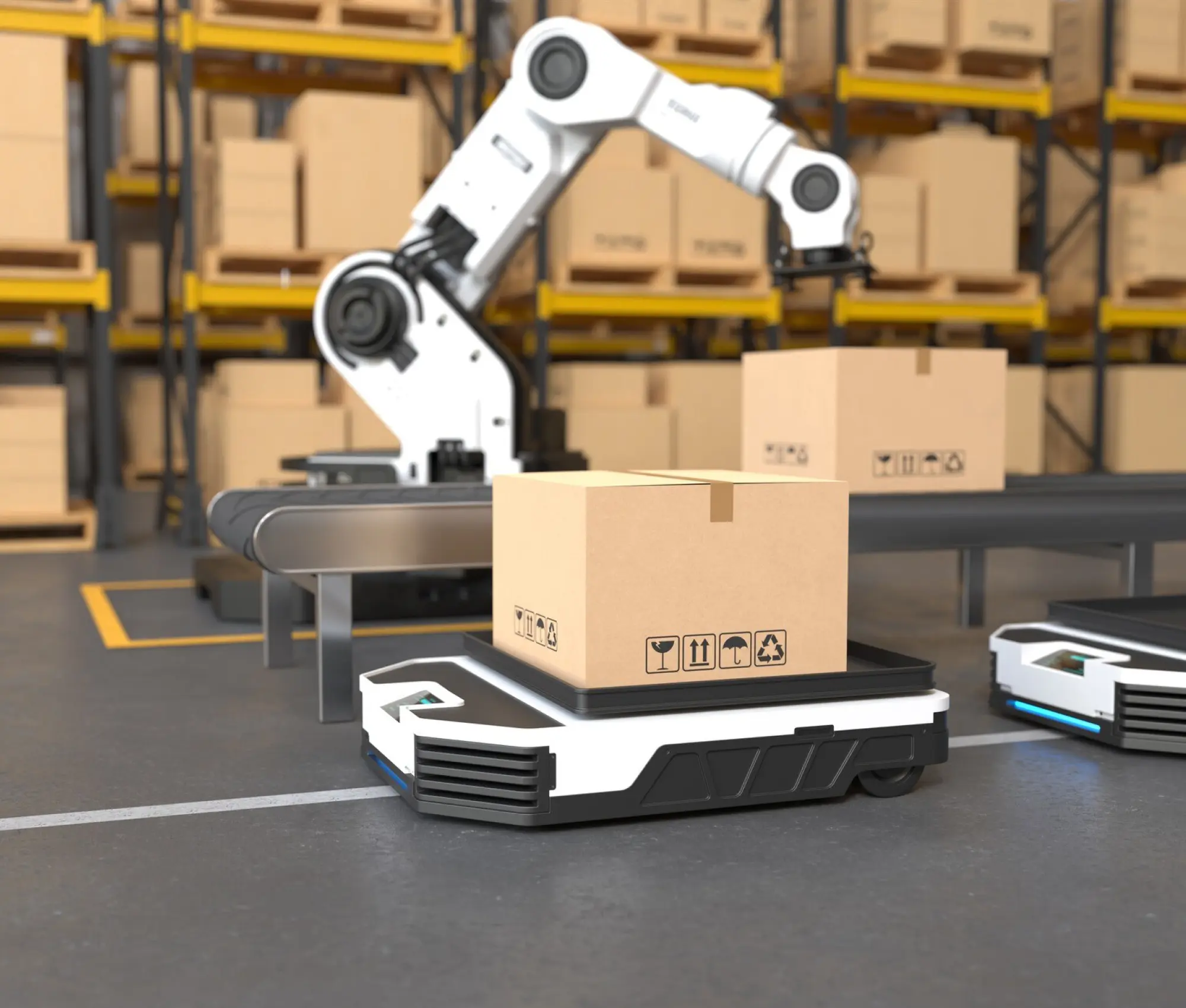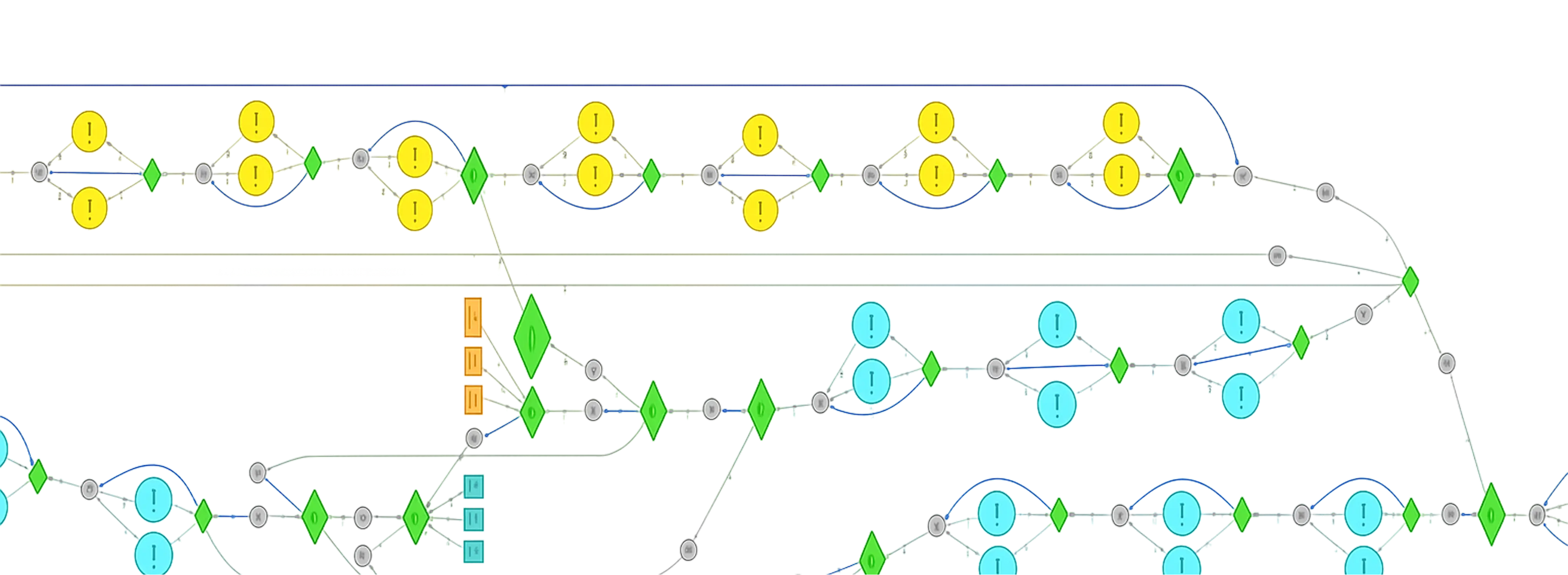Flexible automation







Fixed automation







Human



















.png)


























.png)






The Stackbox implementation has transformed our warehouse management processes. The user-friendly interface and powerful integrations have significantly reduced manual efforts, enabling our team to focus on optimizing overall supply chain performance.

Stackbox’s solution has been a game-changer for our transport management. The ease of integration and the intuitive design have simplified complex operations, saving us time and improving accuracy across the board.

Stackbox's delivery application has revolutionized our last-mile delivery process. The seamless coordination between our warehouse and stores ensures timely deliveries, reducing delays and enhancing customer satisfaction. It's a robust solution that has streamlined our entire delivery operation.